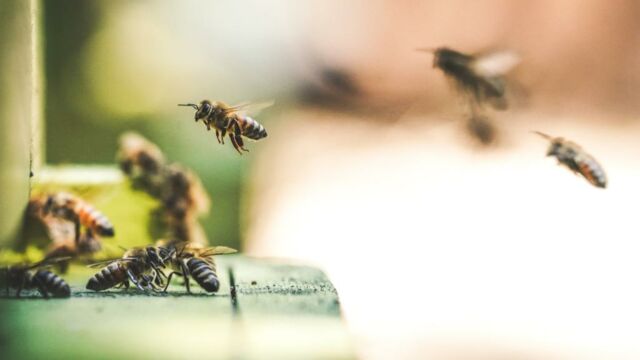Bee populations are rising following Black Summer bushfires

After the Black Summer bushfires of Australia, the significantly-impacted global bee population is slowly back on the rise.
Last year's Black Summer bushfires in Australia saw 1.8 million hectares of high severity fires wipe out 2.5 billion bees and 10,000 commercial beehives across the country.
Discover our latest podcast
A significant loss for the whole planet
These record breaking numbers are even more worrisome considering the already endangered worldwide bee population that has been on the decline as a result of climate change. However, more than a year post the devastating fire weather conditions, bee populations are slowly making their way back to the Land Down Under.
More under this adMore under this adAustralian organizations that aim to preserve bee populations like Bee Day Australia and international groups such as the UK's Natural Beekeeping Trust were quick to mobilize causes pertaining to the safety of bee populations.
Promising initiatives
In particular, such organizations worked with local beekeepers to equip them with the knowledge necessary to create log hives inside trees in order to rebuild bee populations. One Australian beekeeper that worked in repopulating bees in New South Wales explained that:
More under this adMore under this adPlants can't get up and run across the paddock to make love to each other; they need bees to transport the pollen. You're not going to have that regeneration without them—without pollinators there's no ecosystem at all.
And added:
Even the trees that survived, the colonies burnt out anyway because of the way hollows act as chimneys in a fire. All animals in those hollows would have suffered the same fate. To look at the trees still standing, and knowing where those beehives had been ... to see no activity whatsoever was quite shocking.More under this adMore under this ad
Current figures show that honey production in NSW has had a 100% gain since 2019 which has had a significant impact in repopulating the loss of so many bees. However, experts warn that more has to be done to help these flying insects thrive, such as diminishing the use of insecticides and land clearing.